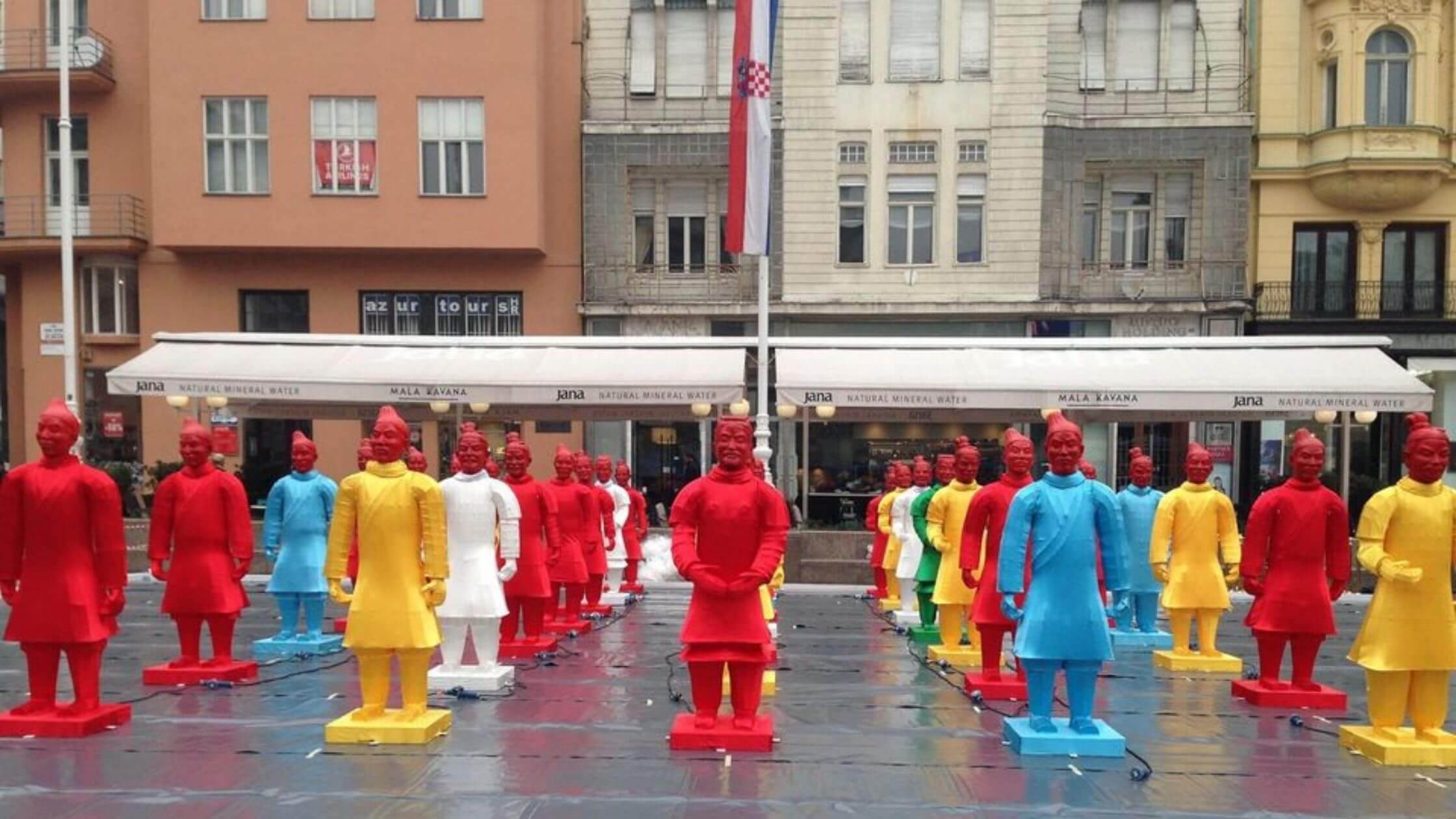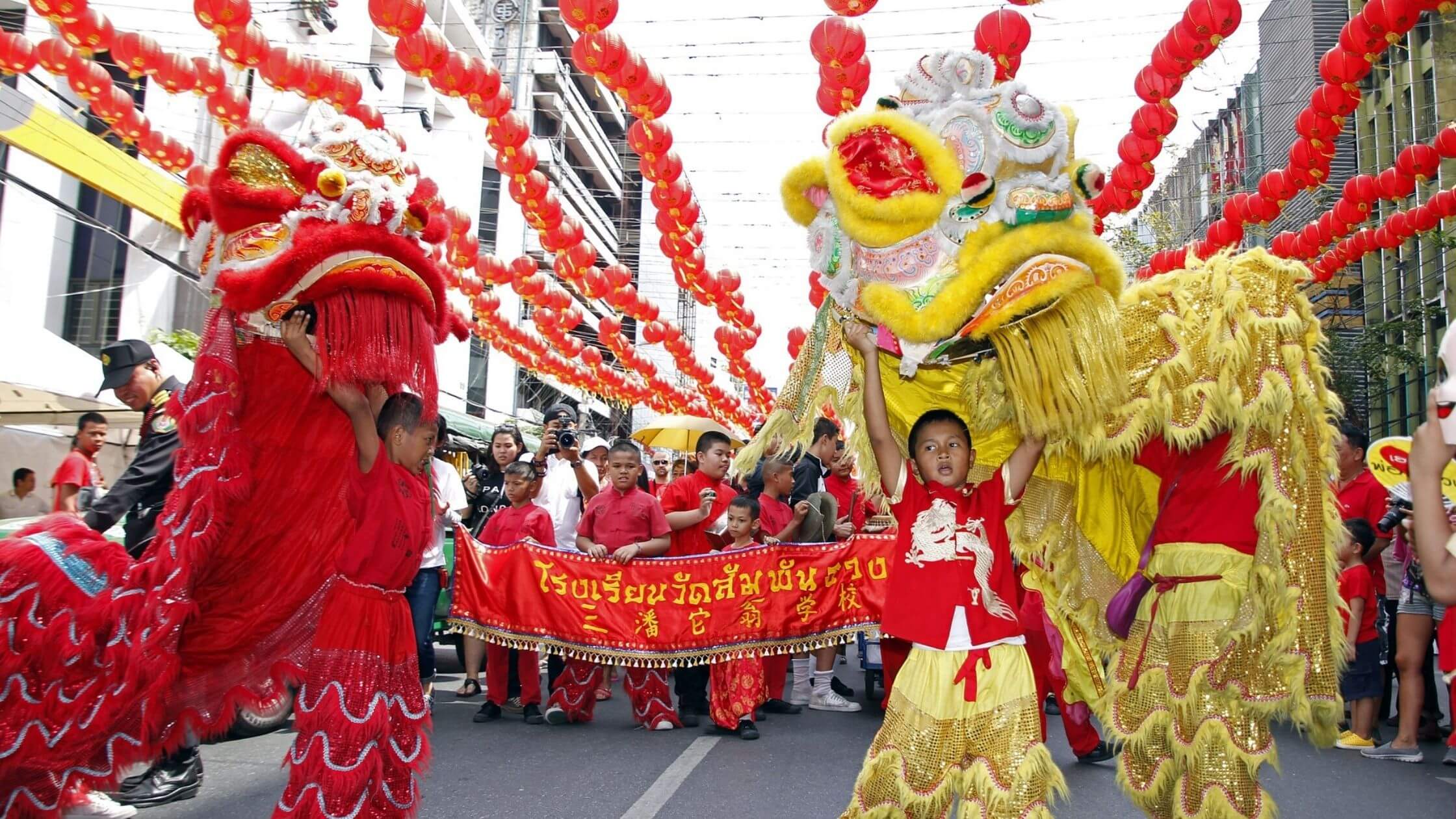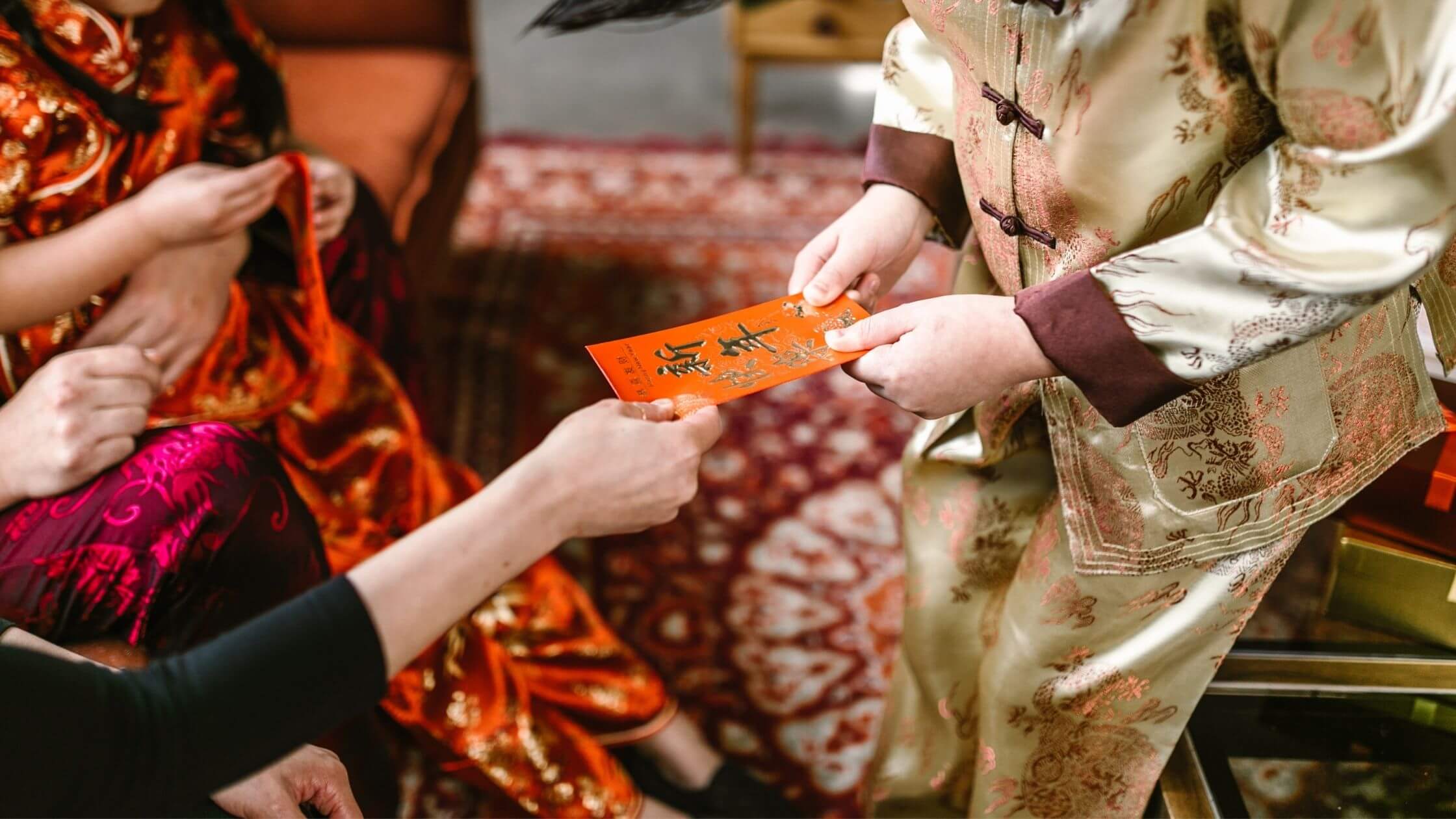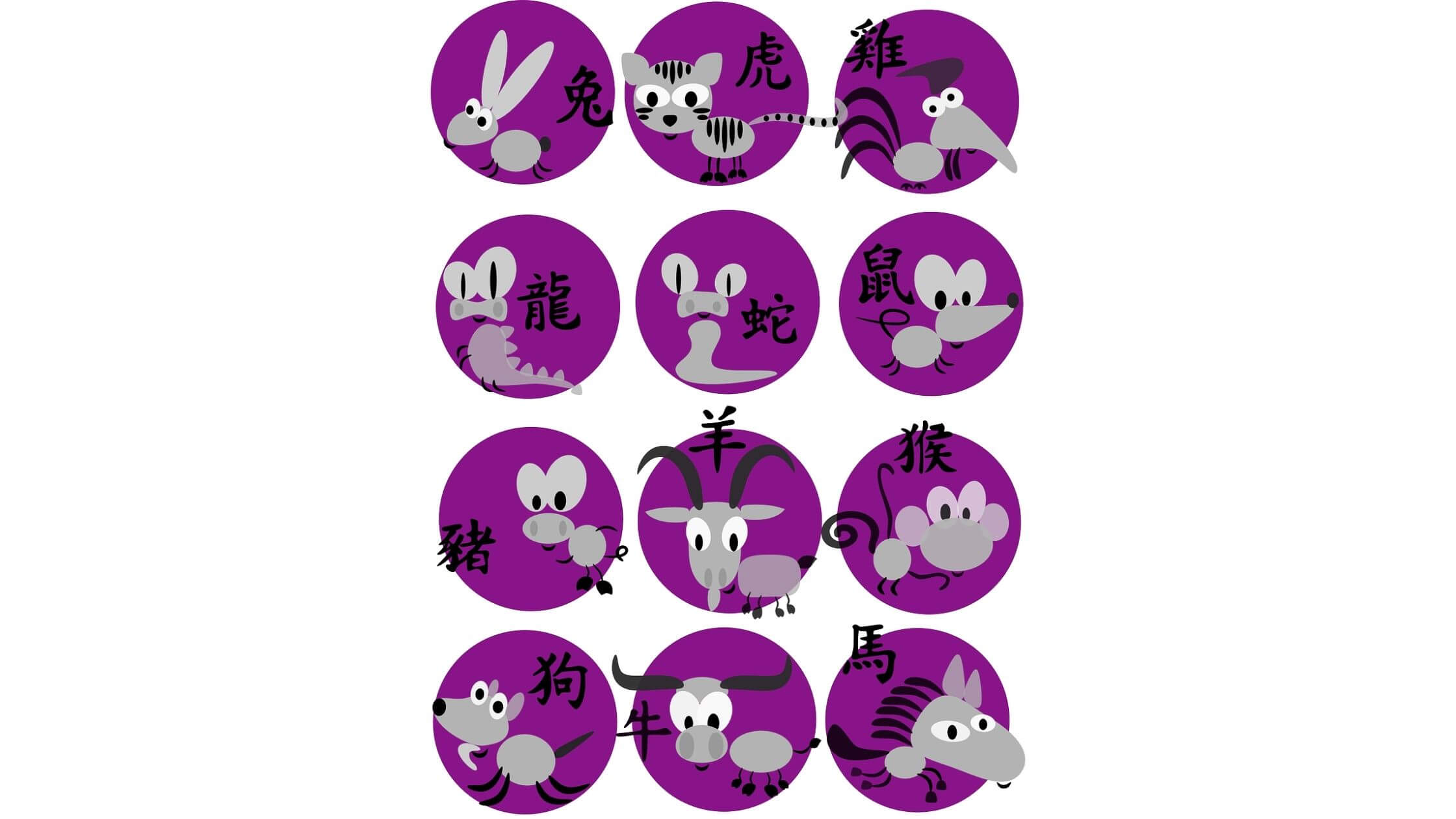23,000 Zagreb Overnight Stays Realised During Festival of Lights
March the 30th, 2022 - Zagreb overnight stays have been very impressive over the Festival of Lights period, with 23,000 of them having been realised in the capital.
As Poslovni Dnevnik writes, according to the Zagreb Tourist Board (TZGZ), during the Zagreb Light Festival, arrivals increased by 179 percent, while the number of Zagreb overnight stays increased by 117 percent when compared to the same period last year.
As such, during the fourth edition of the Festival of Lights, in the period from the 16th to the 20th of March, 10,876 arrivals and 23,072 Zagreb overnight stays were registered. Most arrivals were from people coming from other parts of Croatia, followed by those from neighbouring Slovenia, Italy, Germany, Bosnia and Herzegovina and Serbia, and as far as Zagreb overnight stays were concerned, most guests were also from other parts of Croatia, followed by visitors from Italy, Germany, the USA, Bosnia and Herzegovina and Slovenia.
"We're very pleased with the results achieved, the interest and especially the comments on the organisation of this year's edition of the Zagreb Light Festival.
We also received the preliminary results from our online promotional campaigns which took place on the markets of Austria, Bosnia and Herzegovina, Italy, Hungary, Germany, Slovenia and Serbia, according to which the festival's ads racked up more than 43 million views. Our advertorials have been read more than 76,000 times, and the leading markets are Slovenia, Serbia and Bosnia and Herzegovina.
During these continued uncertain and difficult times, it was a real challenge to organise the Zagreb Festival of Lights, so I'd once again like to thank all of the partners and institutions that helped us in its realisation. Thank you to those of you who live here and thank you to our visitors for all the words of support and praise, and I'd like to especially thank the residents of Lower and Upper Town (Donji and Gornji grad) for their understanding for the occasional crowds that were created,'' said Martina Bienefeld, the director of TZGZ.
For more, make sure to check out our travel section.
Zagreb February Tourism Continues to Record Positive Trend Seen in 2022
March the 4th, 2022 - Zagreb February tourism is continuing the positive trend seen so far this year which makes a very pleasant change when compared to what we've been seeing over the last two years as a result of the coronavirus pandemic.
As Poslovni Dnevnik writes, according to the Zagreb Tourist Board (TZGZ), the Croatian capital recorded 137 percent more arrivals and 105 percent more overnight stays in February than it did back in pandemic-dominated February 2021, during which many countries were still in lockdown and severe restrictions on travel were in force.
Luckily for Zagreb February tourism for 2022, an impressive total of 45,082 arrivals and 104,104 overnight stays were registered, and, in addition to Croatian guests, most overnight stays were made by guests from: Russia, Italy, Germany, Bosnia and Herzegovina and Serbia. In February, there were 31,337 overnight stays realised by Croatian tourists, which is an increase of 35 percent when compared to February last year, and foreign guests realised 72,767 overnight stays, an increase of 164 percent. Out of the total number of arrivals, 16,231 (representing growth of 43 percent) and foreign tourists 28,851 (representing growth of 277 percent).
On that occasion, Martina Bienenfeld, director of the Zagreb Tourist Board, said: "We're pleased that February has continued the upward trend and that we are, in total, during the first two months of 2022 at 90 percent of the amount of overnight stays realised during the same period back in 2019. In real terms, in January and February, we recorded 87,915 arrivals and 211,307 overnight stays, which is an increase of 155 percent in arrivals and 119 percent in overnight stays when compared to the first two months of 2021.
We're also seeing a gradual recovery in business, the so-called MICE segment. Namely, based on the data collected during 2021, the Zagreb Tourist Board recorded a total of 664 business meetings, which is an increase of 28 percent more meetings than in 2020. In addition, we're pleased with two recent independent studies where our city has achieved great results compared to other European and global cities. One is the Ovo Network survey, according to which Zagreb ranks fourth as a destination for families with children (https://bit.ly/3Mdj3TH), and the other is the Holidu.co.uk survey (https://bit.ly/3pubpLc ) according to which Zagreb is in tenth place as the safest city to travel to for women.''
While Zagreb February tourism numbers are of course worth celebrating, we can't forget to mention the horrendous situation taking place in Ukraine as a result of the unjustified Russian invasion of that country around a week ago. The Zagreb Tourist Board has compiled all the information on the reception of Ukrainian refugees in the area of the City of Zagreb on its website. The information is available in Ukrainian, English and Croatian, and it summarises instructions on accepting and assisting Ukrainians who have been forced to leave their homes.
For more, check out our travel section.
Tomasevic Reveals When Sljeme Cable Car Might Start Working
February the 13th, 2022 - Zagreb Mayor Tomislav Tomasevic has discussed the ongoing topic of the Sljeme cable car which has faced numerous obstacles when it comes to noise complaints and obtaining all of the proper permits. This would-be new attraction for the City of Zagreb would allow visitors to experience the nature it has on offer in addition to the bustling city which has attracted more and more foreign visitors over more recent years.
The cable car, which would transport residents and visitors to the Croatian capital alike up the mountain which towers behind it, still isn't quite out of the paperwork woods yet, however.
As Poslovni Dnevnik writes, after the Sljeme cable car finally received the green light from the Sanitary Inspection, Zagreb Mayor Tomislav Tomasevic announced that it should be open by the end of February, if all of the necessary permits are finally in proper order by then.
"At the beginning of next week, a permit for use should be issued, followed by a report on the safety of the Sljeme cable car by the end of the week, and then a work permit issued by the Ministry of Transport will follow," Tomasevic said.
However, as an additional 1.7 million kuna will be invested in the Sljeme cable car for noise reduction, following one complaint which saw a permit rejected in the not so distant past, Tomasevic announced that it will be open to the public during its promotional hours, and then it will be closed for a week to carry out any additional work before opening properly for for good.
“Some of the work can only be done while the Sljeme cable car is not working. If the administrative deadlines are met, it will be closed after the promotional period, and then reopened and will work regularly after that,'' explained Tomasevic.
For more, make sure to check out our lifestyle section.
Zagreb Tourism Numbers Very Encouraging for January 2022
February the 11th, 2022 - Zagreb tourism numbers appear to be on the rise as the world slowly begins to emerge from the global coronavirus pandemic. 2022's maiden month of January has shown some encouraging growth in terms of overnight stays for the Croatian capital.
As Poslovni Dnevnik writes, according to the Zagreb Tourist Board (TZGZ), the Croatian capital recorded an extremely impressive 174 percent more arrivals and 133 percent more overnight stays during the month of January than it did back in January 2021, which was heavily dominated by a poor epidemiological situation across Europe owing to the emergence of the Delta variant, as well as by lockdowns and harsh restrictions across the continent as a result.
A total of 42,456 arrivals and 106,093 overnight stays were registered, and, in addition to domestic guests, most overnight stays which have contributed to these promising Zagreb tourism numbers were realised by guests from Russia, Italy, Germany, Bosnia and Herzegovina and the United States of America.
On that occasion, Martina Bienenfeld, the director of the Zagreb Tourist Board, said: "We're pleased with the statistics that we're closely monitoring because they show the trend of recovery of Zagreb tourism. Regarding the arrival of Russian guests who were the most numerous foreign guests in Zagreb in November and December last year and, now, in January, there is very good feedback from the field. Namely, by the airline Aeroflot and the travel agency Atlantis, which mostly bring Russian guests as part of arrangements related to coronavirus vaccination, everyone is very pleased with our hospitality, they have great first impressions and plans to come again in the summer. We're additionally pleased with the fact that, compared to January 2019, we are at 90 percent of that year's overnight stays, and the average stay has been extended to 2.5 nights. If the situation with the pandemic continues the current trend of gradual calming down, I expect a further increase in Zagreb tourism numbers in the coming months.''
It's also worth pointing out that in January there were 32,702 overnight stays realised by Croatian tourists from other part of the country, which is an increase of 62 percent when compared to January last year, and foreign guests realised 73,391 overnight stays, marking a very significant increase of 190 percent. Out of the total number of arrivals, domestic tourists made up 14,972 (79 percent growth) and foreign guests made up 27,484 (286 percent growth).
For more, check out our travel page.
Fancy bumping up the Zagreb tourism numbers yourself? See what you can do here in the bustling Croatian capital with Zagreb in a Page.
Lunar New Year in Croatia: The Basics
January 26, 2022 - As strategic relations between Croatia and China have continued to grow from strength to strength, a look at the Lunar New Year in Croatia.
Over the last decade, relations between China and Europe have warmed as a result of the Belt and Road Initiative, and the “16+1” mechanism between China and Central and Eastern European (CEE) countries.
Similarly, strategic relations between Croatia and China have continued to grow from strength to strength.
A side effect of these collaborative efforts is that more European countries including Croatia, are taking the opportunity to learn more about Chinese culture and incorporate them into their annual festivities.
Within Chinese culture, there is no celebration more important than the Lunar New Year, taking place from February 1-14 this year.
Celebrations in Croatia
In 2016, the City of Zagreb kick-started the first Lunar New Year celebrations in Croatia by lining Josip Jelacic Square with 80 sculptures of terracotta Chinese warriors.

Terracotta Warrior Sculptures 2016, image: Zagreb Tourism Board/Facebook
In 2018 the Zagreb Tourism Board (TZGZ) introduced week-long celebrations before COVID halted further festivities in subsequent years.
But what is Lunar New Year? How is it different from New Year on the 1st of January? And what are some of the traditions involved in the celebration?
Let’s take a brief look at some of the basics.
Lunar New Year 101
The Lunar New Year, also called Chinese New Year (after the world’s largest population of Lunar New Year celebrants), or Spring Festival (春节 Chūn jié). This event is also widely celebrated in places like China, Singapore, Malaysia, Thailand, Cambodia, the Philippines, Taiwan, and Hong Kong.

Lunar New Year Celebrations in Thailand, image: Pixabay
In Korea, Lunar New Year celebrations are known as 설날 (Seollal), which lasts 3 days. While in Japan, the Meiji government phased out the use of the lunar calendar in 1873 to be more in line with the West, making celebrations a more muted affair.
Like Thanksgiving and Christmas, Lunar New Year is a time for families and friends to gather, catch up on the past year while consuming copious amounts of food and exchange gifts in the form of money-filled red envelopes (红包, hóng bāo).
Red is an auspicious color for the Lunar New Year, symbolizing happiness, passion, hope, vitality, and luck.

Exchanging of Red Envelopes, image: Rodnae productions/Pexels
Celebrations begin on the first day of the lunisolar calendar, last 14 days, and concludes with the Lantern Festival (元宵节 Yuán xiāo jié). The day before Lunar New Year, families usually come together to partake in a reunion dinner (年夜饭 Nián yè fàn) to begin the festivities.

Reunion Dinner, Image: Angela Roma/Pexels
What is the Lunisolar Calendar?
While the Gregorian calendar, the standard calendar used as the primary means of tracking time worldwide - is the official calendar in all countries that celebrate Lunar New Year, the lunisolar calendar still plays an important role in everyday life.
It determines when traditional holidays such as Lunar New Year, Lantern Festival (元宵节 Yuán xiāo jié), Mid-Autumn Festival (中秋节 Zhōng qiū jié) and Ancestors’ Day (清明节 Qīng míng jié).
Briefly speaking, the lunisolar calendar is a hybrid timekeeping method that accounts for both the earth’s orbit around the sun taking 365 days a year (i.e. Gregorian calendar) and the moon’s orbit around the earth (i.e. Lunar calendar).
On average, the moon’s synodic orbit around the earth takes 29.53 days which is then multiplied by the 12 lunar months. This adds up to approximately 354 days a year, 11 days shorter compared to the solar calendar.
To remedy this discrepancy, an additional 13th month is added to the lunisolar calendar once every 3 years. This once in three-year occurrence is known as (农历 nóng lì), or the agricultural calendar.
Since the lunisolar calendar is not in complete sync with the Gregorian calendar, Lunar New Year can fall anywhere within the months of January or February.
Due to this, the first day of Lunar New Year falls on February 1st this year, marking the beginning of the year of the Tiger.
In 2021, it fell on February 12th, welcoming the year of the Ox, while in 2020, January 25th marked the first day of the year of the Rat.
But why are there different animals for each year and what do these animals represent?
Chinese Zodiac
Each year in the lunisolar calendar is attributed to one of the repeating 12-year cycles of animals known as the Chinese zodiac.
In order, these zodiac animals begin with the Rat, followed by Ox, Tiger, Rabbit, Dragon, Snake, Horse, Goat, Monkey, Rooster, Dog and ending with the Pig.
Each animal is also attributed with a set of traits that broadly categorizes the personalities of individuals born in that year.
For example, those born in the year of the Tiger are said to be independent and competitive yet have impetuous personalities. While those born in the year of the Ox are said to be diligent and honest, but with explosive personalities.

12 Animals of the Chinese Zodiac, image: Pixabay
This zodiac is rooted in a legend dating back to the Qin dynasty in China that ruled over 2,000 years ago. The story goes that the Jade Emperor summoned all the animals within his Kingdom to take part in a great race towards the palace.
The first 12 animals to reach the palace were selected to be part of the zodiac, and the order in which they arrived determined their place.
Lunar New Year thus marks the transition from one animal to the next.
Although this tradition is fading, the Chinese zodiac used to play a vital role in everyday life, determining one’s entire outlook for the year including career, finances, marriage compatibility, health, and more.
So, as we prepare to ring in the second Lunar New Year since the beginning of the pandemic, here’s to a healthy and prosperous Year of the Tiger!
For more, check out our dedicated lifestyle section.
Japanese Drumming Sensation Kodō to Perform in Zagreb on 6 February
ZAGREB, 23 Jan 2022 - The world drumming sensation Kodō will play Zagreb on 6 February with its new performance "Tsuzumi", a part of the Kodo One Earth Tour 2022 featuring masterpieces that have marked the troupe's 40-year-long career.
Based on Sado Island, Japan, this professional taiko drumming troupe has had a role in popularising taiko drumming, both in Japan and abroad. They regularly tour Japan, Europe, and the United States.
The traditional Japanese drum taiko, the heaviest weighing as much as 300 kilograms and spans a meter and a half wide, constitutes a link between nature and man that can not be illustrated better or more precisely than with the art forms of the exceptionally dedicated Kodō drummers, said the "Vatroslav Lisinski" concert hall, where the troupe will perform.
In Japanese, the word "Kodō" conveys two meanings: "heartbeat" and when read in a different way, "children of the drum".
Since its founding in 1981, Kodō has held more than 6,000 concerts in 50 countries worldwide.
Admission to the Zagreb concert will be possible exclusively with valid EU COVID certificates (electronic or paper form) and an ID document. Fast antigen testing at a price of HRK 50 will be available on the day of the concert at the concert hall from 6 to 7.30 pm.
For more on lifestyle, follow TCN's dedicated page.
Sljeme Adrenaline Parks, Bike Paths and More Above Zagreb?
January the 22nd, 2022 - Could Sljeme adrenaline parks and bike paths, as well as much more, ever come to be? This idea for year-round fun on the mountain which towers of the City of Zagreb has certainly attracted public attention.
As Poslovni Dnevnik/Suzana Varosanec wrires, Sljeme adrenaline parks at two locations at the bottom of Crveni spust in the area of the ski Complex within the Medvednica Nature Park, bike paths and a permanent bobsled track were ideas which were all brought to the public's keen attention by a current debate on the ski complex on Medvednica.
Known for the famous ski competition "Snow Queen", this gorgeous mountainous area above the Croatian capital opens up new opportunities for recreation enthusiasts because it creates spatial and planning prerequisites for the spatial, purposeful and technological expansion of the ski area into a unique ski-wire system with other accompanying facilities.
The Ministry of Physical Planning, Construction and State Property, which is responsible for drafting the entire plan, says that the improvement of the excursion and recreational function as the primary function of the Medvednica Nature Park is the goal of drafting these amendments. They say that it is about enabling the improvement and development of recreational and sports facilities throughout the year.
The timing of this public debate, as well as all of the preparations for new projects and interventions, is difficult to currently assess, because the process of drafting spatial plans doesn't actually determine the financial aspect or the procedure of the further implementation of the intervention, which the department responsible duly noted.
Therefore, in the public speaking phase, proposals and opinions are being collected until February the 8th, 2022, followed by the preparation of a report, part of the timetable envisaged by the Croatian Government's decision from back in 2020.
The study and summary of the spatial plan can be found and read on the competent ministry's website, the Institute for Physical Planning of the City of Zagreb is the expert author of the UPU amendment, and a public presentation was held yesterday at the competent ministry.
The current UPU planned for a route for summer tobogganing on the Red, Green, Blue and White downhill trails on Sljeme which would have be around 1824 metres long, designed as a single-pipe assembly-disassembly structure that could have been installed or dismantled with the changing of the summer and winter seasons.
That idea sadly didn't come to life as it was assessed as technically non-functional and burdensome for the space. The new solution defines a new route and the area of the toboggan run route which would be called "Sljemeski bob", with new technical and performance solutions (building of the upper and lower station in the function of bobsleigh), without additional environmental impact.
Areas for the arranging and building/reconstruction of buildings in the function of ski resorts include the upper stations of Crveni and Zeleni spust: a four-seater cable car is planned at the location of today's Zeleni spust lift, with the extension of the route to the bottom of Plavi spust. Sljeme adrenaline parks and bike paths, as well as an overall improvement in the ski offer above Zagreb would certainly allow for the boosting of year round tourism as more and more international visitors discover the bustling Croatian capital.
For more, check out our dedicated lifestyle section.
Zagreb International Airport Crosses Fingers for Better Air Traffic
January the 14th, 2022 - Zagreb International Airport experienced some fairly promising recovery in 2021, when a then very favourable epidemiological picture and the advent of the vaccine allowed for a surprisingly good tourist season during the summer months. It has its fingers crossed that this year will see things make the likely slow but steady return to pre-pandemic normality.
As Poslovni Dnevnik writes, Zagreb International Airport (MZLZ), the Franjo Tudjman Airport concessionaire, hopes for better business trends throughout 2022 than it experienced duing the last two years, especially after the remarkable increase in traffic in 2021, but this also depends on the global situation in air transport, which is still under strong impact of the coronavirus pandemic.
“Due to the rapid changes which take place owing to the situation with the pandemic, for the second half of January and partly for February 2022, certain flights were cancelled, but most have been placed back on sale again as of February. Zagreb International Airport is in contact with air carriers from around the world. However, due to the confidentiality of the data, we can't share more information so far,'' they said in answer to a question asked about business and expectations for 2022.
Noting that in the last month of 2021, Zagreb was connected to 51 destinations with regular traffic lines with 19 airlines. also had 15,000 more passengers than it did back in November.
They served just over 179.5 thousand passengers, 138 thousand more than back in December 2020, and the most successful month last year was unsurprisingly August with 194.9 thousand passengers, September with 191 thousand, and then October with 182.8 thousand people. The number of flights increased by about 8000 compared to 2020, to 29,605, as did cargo turnover when looked at annually, to 10,781 tonnes, compared to 9848 tonnes transported back in 2020.
"In 2021, Zagreb International Airport recorded a significant increase in passenger traffic, an increase in the number of destinations and in the number of airlines. The turnover of business aviation and charter flights was also higher, but it is still significantly below the results from the record-breaking pre-pandemic year of 2019,'' they stated from the airport.
All of Zgreb Airport's affiliated companies employ about 680 workers, they didn't lay anyone off during the pandemic, and at the beginning of this year they've been looking for new employees in ticket sales.
For more, check out our dedicated travel and business sections.
Zagreb Records 257% Increase in Tourist Bed Nights in December
ZAGREB, 4 Jan 2022 - Zagreb recorded 161,100 tourist bed nights in December 2021, which is an increase of 275% compared with December 2020 and a decrease of 36% compared with December 2019, the City of Zagreb Tourist Board said on Tuesday.
About 74,300 tourists visited the Croatian capital last month, which is an increase of as much as 422 percent compared with December 2020.
"Although we are several days away from the official closure of the Christmas and New Year events in Zagreb, the results achieved show that this transitional and hybrid edition of Advent Zagreb has attracted a lot of visitors. Just like in the pre-pandemic years, Zagreb is among the leaders in Croatia in terms of tourist results," City of Zagreb Tourist Board director Martina Bienenfeld said.
The Advent Zagreb Christmas market and New Year events began on 27 November and close on 7 January.
Alongside domestic tourists, most visitors came from Russia, Slovenia, Bosnia and Herzegovina, Germany, and Serbia, while the largest number of bed nights was generated by Russians, followed by tourists from Germany, Bosnia, and Herzegovina, Slovenia, and Italy.
A large number of Russian tourists is linked to vaccination against COVID-19 with vaccines that are not available in Russia and which are required for COVID passes for travel to EU countries.
A total of 639,100 tourists visited Zagreb in the whole of 2021, or 85% more than in 2020, which puts Zagreb in the top position among all tourist destinations in Croatia. The number of overnight stays increased by 75% to 1.4 million, with tourists mostly coming from Croatia, Germany, the United States, Italy, Poland, and Bosnia and Herzegovina.
Zagreb continued to record increases in the first days of the New Year as well. On 1 and 2 January, it recorded slightly over 3,000 tourist arrivals (+267% compared with the same two days in 2020) and 10,700 overnight stays (+305%).
For more, check out our dedicated travel section.
Zagreb Brand L'erotic Wants to Create Gin-related City Tourist Attraction
November the 18th, 2021 - The Zagreb brand L'erotic has stated that it wants to create something new for the capital city's tourism scene, and gin will be the main attraction.
As Poslovni Dnevnik/Sergej Novosel Vuckovic writes, for this Zagreb brand's birthday which is at the beginning of November, a brand new shop was ''born'' and soon they will have a gin bar under their belt, too.
The Zagreb brand L’erotic, behind which stands a young couple who happen to be entrepreneurs, crowned two years of cutting and drying fruit and vegetables and growing spices to decorate drinks. In a 130-square-metre space on Tresnjevka, where they combined manufacturing and trade, everything can be viewed, bought, tasted, and paired with homemade craft gins.
"We'll offer about twenty types of Croatian gin, people can come and visit the showroom and we'll dedicate ourselves to each person in order to help them find their taste, spice, fruit", they stated from this Zagreb brand, whose very wide range includes dehydrated fruits - citrus, dragon fruit, papaya, mango, pear, apple, strawberries, figs, and dried vegetables - beets, tomatoes, cucumbers.
This year, they chopped and dehydrated five entire tonnes with their own hands, preferring this approach instead of using machines, in order to preserve the aroma. The raw material is mostly Croatian, they grow it themselves or buy it from family farms, and they also prepare it for growing herbs. The Zagreb brand L’erotic works with 600 outlets across the country, in peak season this number rises to an impressive 900.
The lockdowns of pandemic-dominated 2020, they say, didn’t break them, and even though cafes were periodically banned from working or at best limited, they turned to consumers through a delivery service, as did many companies.
On top of everything else this Zagreb brand is busy doing, and mostly by hand and all by themselves, they also developed their own drink.
"Following the example of the Mojito and Sex on the beach cocktails, we mixed mint and lime, dried them and made Mojito tea, which is suitable for children as well," they point out. On December the 1st in Tomasiceva in the heart of Zagreb, they are taking a new step forward and opening a gin bar, the first of its kind, they say, in the entire immediate region.
"There will be domestic and foreign gins on offer, we'll have 35 tables on the terrace and 5 inside, we want it to be a tourist attraction for Zagreb," they concluded from L'erotic.
For more, check out Made in Croatia.


